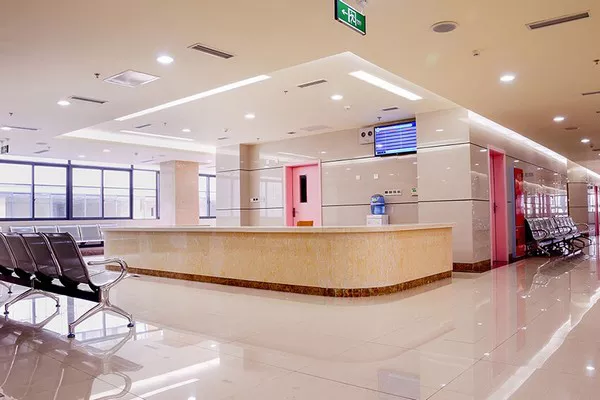FAQs
Does a right-sided stroke affect speech?
Yes, a right-sided stroke can affect speech, though it typically manifests differently from a left-sided stroke. Right-sided strokes may cause difficulties with understanding and interpreting language, as well as issues with pragmatics, such as understanding context and non-verbal cues.
What is the difference between a left and right-sided stroke?
The main difference lies in their effects on the body. A left-sided stroke typically affects the right side of the body, including language and speech functions, while a right-sided stroke usually affects the left side of the body and can impact spatial awareness, attention, and emotional regulation.
What changes in the right brain stroke behavior?
Right brain stroke can lead to various behavioral changes, including difficulties with spatial perception and awareness, decreased attention span, impulsivity, emotional lability, and difficulties in interpreting social cues and understanding others’ perspectives. These changes can significantly impact daily functioning and social interactions.
Related topics:
- How to Lower Blood Sugar: A Comprehensive Guide
- What is Appendicitis: Signs & Symptoms
- Lower Back Pain After Yoga: What to Do


